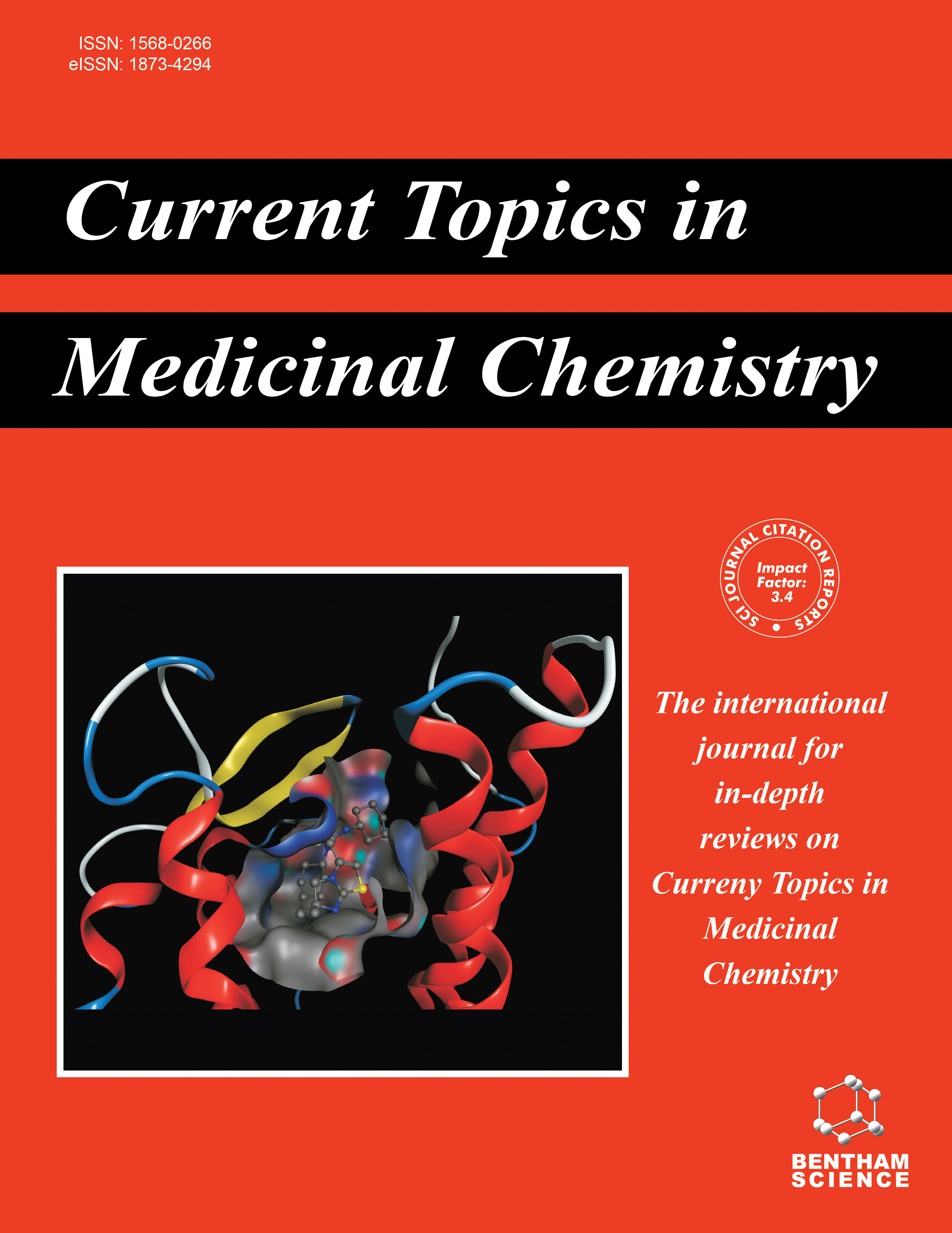
Full text loading...

Researchers are actively engaged in developing new antitubercular drugs targeting the enzyme Mycobacterial Thymidine Monophosphate Kinase (MtbTMPK). This newer target has specificity and selectivity over other thymidylate kinases and especially differs from human thymidylate kinase (hTMPK). Over the last two decades, various potent MtbTMPK inhibitors comprised of both nucleoside and non-nucleoside structures have been developed. Mostly, nucleoside inhibitors have encountered substantial challenges, primarily related to poor solubility and permeability, which often render them inactive in whole-cell antitubercular assays. Consequently, the focus has shifted towards identifying potent non-nucleoside inhibitors that demonstrate activity in whole-cell assays. Researchers have employed structure-based modifications and leveraged insights from co-crystal structures of Mycobacterium tuberculosis TMPK (MtbTMPK) with its natural substrate, thymidine monophosphate (TMP), to develop potent non-nucleoside inhibitors—such as cynopyridone and 5-methylpyridine analogues—which have demonstrated nanomolar enzyme inhibitory activity. However, the problem was persistent and only a few non-nucleoside inhibitors have been found to be active in whole-cell activity, likewise nucleoside inhibitors. The reason behind the uncertainty between enzyme inhibitory and whole cell antitubercular activity of developed inhibitors remains incomprehensible to date, even though the efflux pump and permeability-related studies have been performed. Despite numerous efforts, no antitubercular drug targeting MtbTMPK has reached the market or clinical trials, though some non-nucleoside inhibitors are in preclinical stages. As MtbTMPK is crucial for Mycobacterium tuberculosis survival and its inhibition effectively reduces the growth of the bacteria, making it a promising target for novel antitubercular drugs. In addition to thymidine-like core structures, several inhibitors with non-thymidine-like cores have also been developed as potent MtbTMPK inhibitors, opening new opportunities for future research to explore the uncharted chemical space of this target.

Article metrics loading...

Full text loading...
References


Data & Media loading...